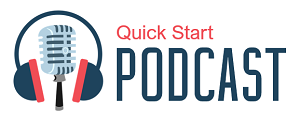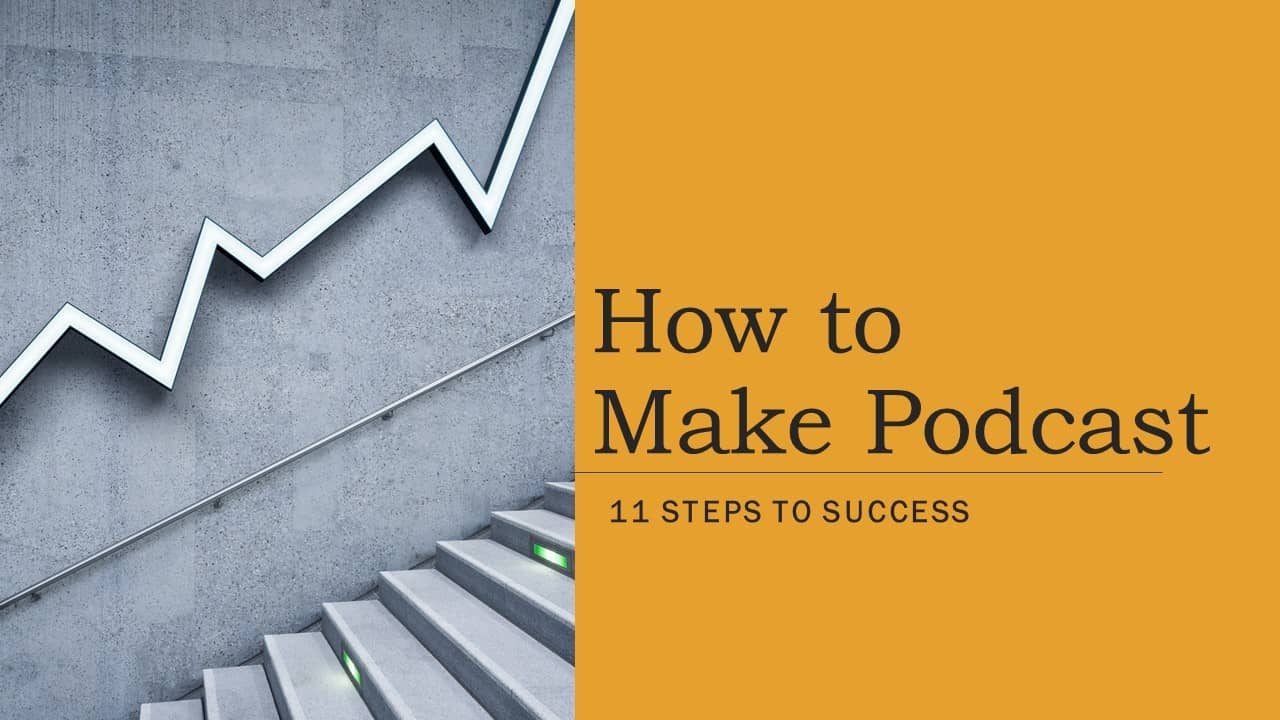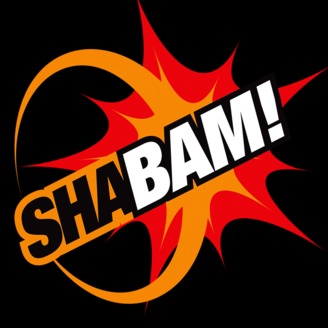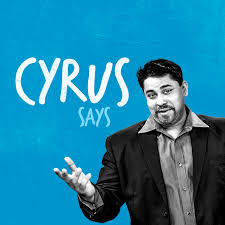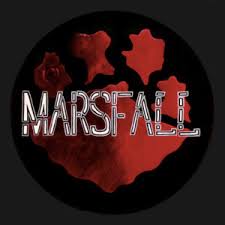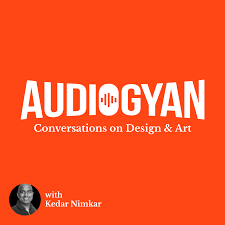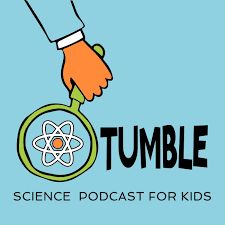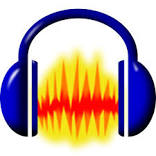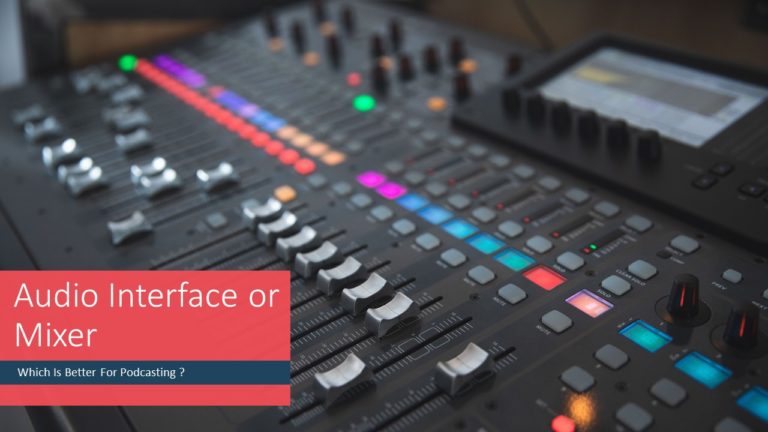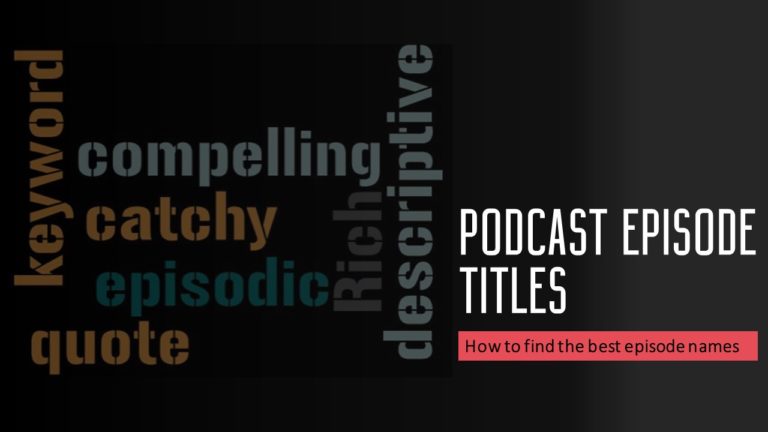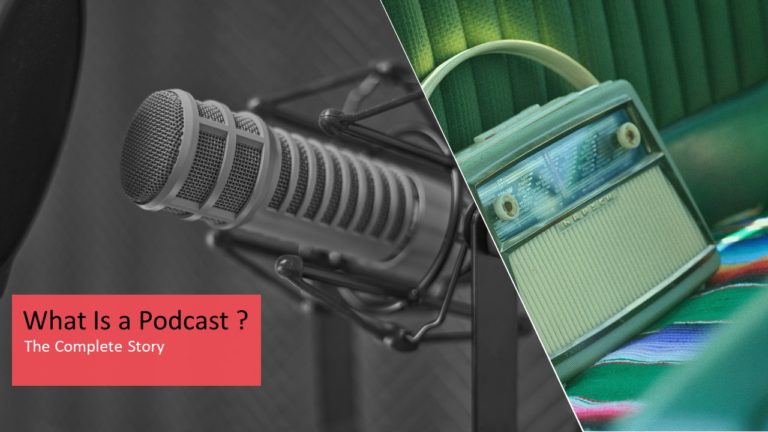How to Make Podcast (11 Steps to Success)
If you are looking for a guide that walks you through the entire process of How to make podcast , then you are at the right place.
Starting a podcast is easy these days , however if you want to make a successful podcast, you need to go through several steps. Each step has its importance and in most cases reverting back on later date is a little difficult.
Hence we advice you to plan and follow the process completely to make podcast a pleasant and successful journey.
This How to Make podcast guide will take you through all the steps necessary to plan a podcast , start a podcast , grow the podcast and make it successful.
The answer to the question How to make podcast lies in below steps ..
- Choosing the topic and name of the podcast
- Selecting the right episode format and structure
- Brand identity creation ( Cover art , logo and social media stuff)
- Getting the right intro and outro music for your podcast.
- Equipment selection ( Microphone , Mixer , Software tools and other accessories)
- Audio recording ( Alone and / or with cohost remotely)
- Audio editing
- Finding the right host
- Submission to Apple podcasts and google podcasts
- Getting the audience and growing your podcast
- Making money from your podcast
Step 1 : Choosing the topic and name of the podcast
Topic and name of the podcast are two things which can take a long time to decide and may in the end fizzle out your excitement to start a podcast. It is better to get these things out of the way as quickly as possible.
Selecting the Podcast Topic
Selecting the podcast topic is the first step of your podcast journey. Selecting a topic that is close to your heart makes your podcast journey a lot easier.
If you want to select podcast topics then here are some quick tips.
- Select podcast topics that you enjoy , are passionate about and are comfortable talking about.
- Select podcast topics on which people seek information , knowledge , entertainment.
- Select podcast topics that have sizable audience.
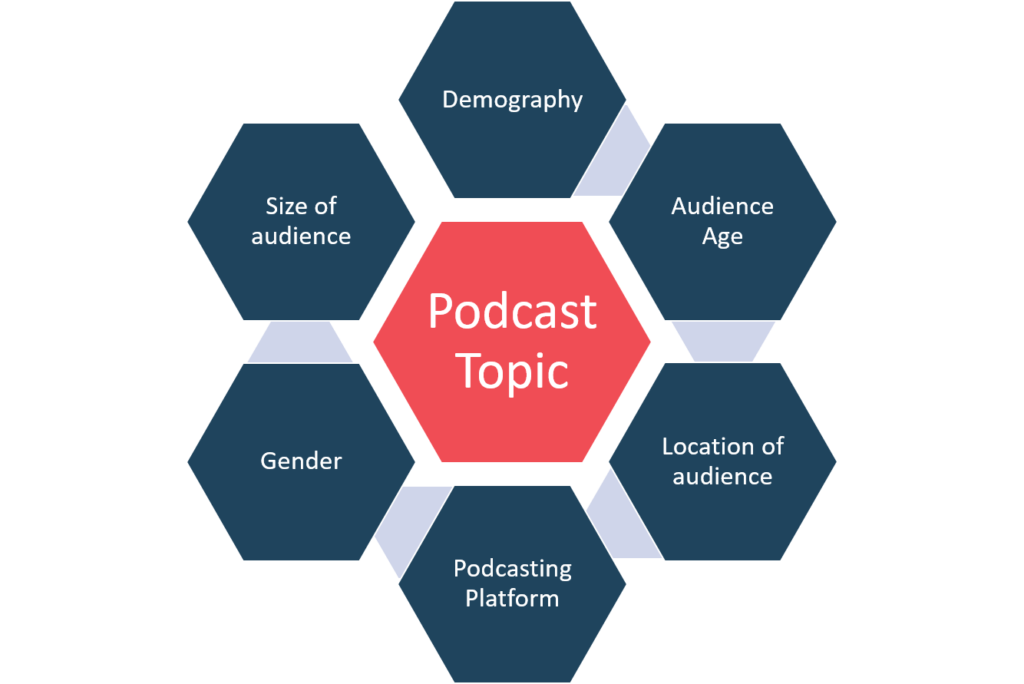
You can follow a funneling approach to reach to your final podcast topic. You can start with writing down all the ideas that you have in mind and then rank them based on certain parameters.
This will bring in some scientific approach to the topic selection process. Many a times it happens that a beginner podcaster selects a topic which he likes himself , only to find that there are very few others who are interested in that same topic.
Audience profiling and sizing are important aspects of podcast topic selection. In general below are some questions. Answers to these questions can lead you to the right topic for your podcast.
- What do I enjoy the most?
- What subject am I passionate about?
- What topics can I speak about as an expert?
- What are subjects that people seek me out for?
- What do I do for fun?
- What topics do I have a lot of fun talking about?
- Is your podcast going to entertain, provide information or educate someone?
- Is your podcast age dependent? is it more likely that people of particular age group will listen to it?
- Is your podcast location dependent? What location if yes?
- Do you expect your podcast to attract both male and female audience?
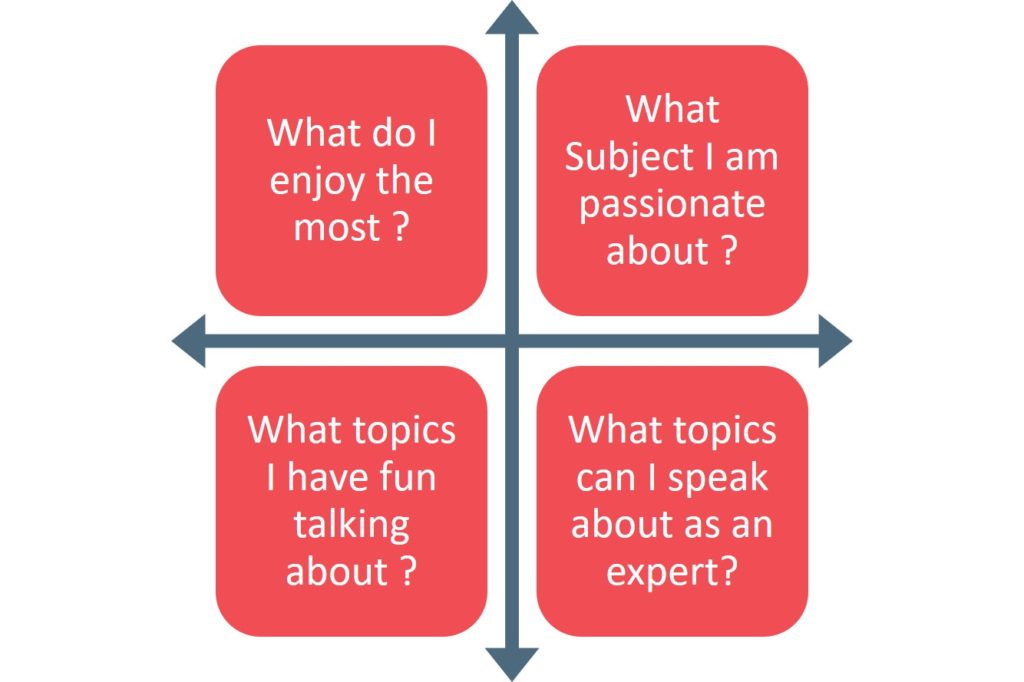
Now that you have some idea about selecting the podcast topic , let’s move on to the next challenge. Selecting a name for your podcast.
You can read our detailed post on this topic here to make a more informed choice.
Selecting the name for podcast
Selecting the podcast name can consume a lot of time and will be daunting at times. Before we get into the details of how select the right name for your podcast , let’s address the question whether name is really important to make podcast a success? ..
The answer is yes , Your podcast name and the logo are the first things people are going to see when they stumble upon your podcast? If they don’t like it, they will most probably skip and go to the next one.
So, it is important to have a catchy name and a nice logo for your podcast to get some attention. Remember, people have not seen you , not heard of you before, they are going to judge your show by the name and the logo, and it is important to entice them with a nice one.
Here are some of the ways to find the right name for your podcast
- Using your own name for the podcast
- Using your brand name
- Using Creative, non-related podcast names
Here are some steps which can lead you to the name of your podcast.
- Brainstorming to identify a list of candidates for name and selecting one out of it which appears to be related tot he topic and sounds good.
- Using a name generator like kopywritingkourse.com , businessnamegenerator.com
- Get inspiration from other popular podcasts out there
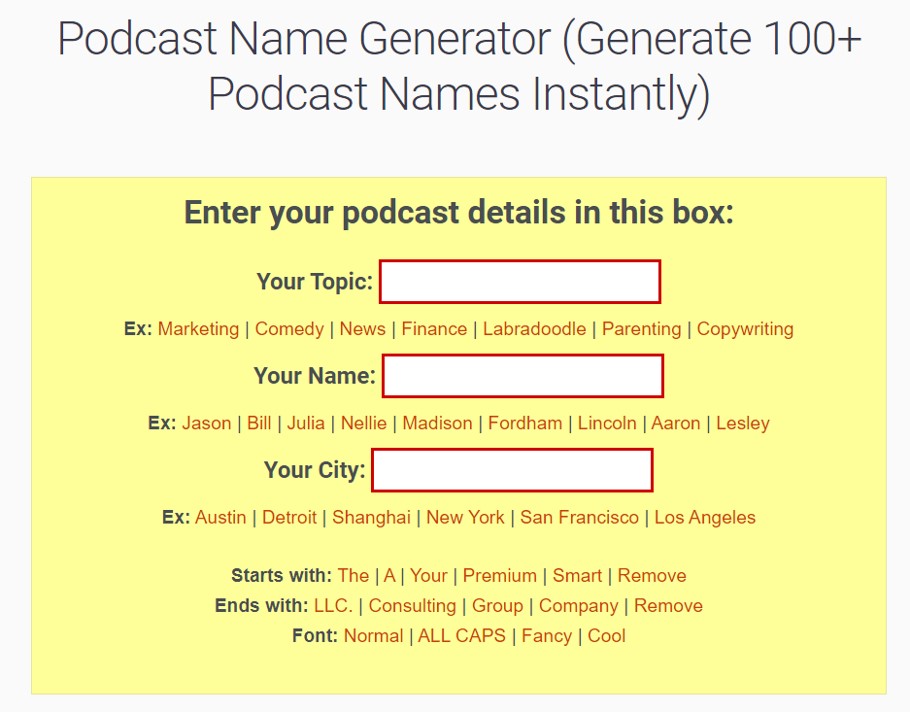
Here are some examples of names for podcasts based on above guidelines. You will see all variety here and finally you should go with what you feel is right for your topic.
Now that we finalized the topic and name for your podcast , lets get to the next step. A little boring at times but an important one. Selecting the episode format and structure.
Step 2 : Selecting the right episode format and structure
Episode format and structure are two different things and people get confused sometimes. Lets get into detail of both these steps one by one.
Selecting the episode format
The episode format is the over theme of your show. All episodes will follow this theme with minor changes.
To give you some clarity here are some popular episode formats or podcast formats
- Interview Podcast format
- Solo or monologue format
- Educational podcast format
- Conversational format
- Panel discussion podcast format
- Storytelling format
- News and reviews podcast format
As you can see , episode format does not really decide anything of what goes on in the actual show , but it gives and overarching theme to your show.
The format of your show is very closely related to the topic of your podcast. Certain podcast topics need certain show format. Once you decide the format of your show , it becomes easy to script the show , do the cover art and the content research as well.
Once you decide the episode format, the length and frequency of the of the episodes can also be decided.
Here is a guide to plan podcast season : Best length and frequency
| Podcast frequency | Episode length |
| Daily | 15 to 30 minutes |
| Weekly | 15 to 60 minutes |
| Fortnightly | 60 to 90 minutes |
| Monthly | 60 to 90 minutes |
Selecting the episode structure
Let’s now talk about episode structure. This basically defines how a single episode will flow. From first word to the last word what will be the sequence and approximate timelines for all.
A typical podcast episode structure will consist of
- A beginning section : The beginning of a podcast will generally be some intro music , introduction to your podcast and what you are going to cover in that particular show.
- Middle Section : The main crux of the show. This is the part of the podcast that audience is really interested in. Depending upon the format of your show it can be the actual movie review , all the main news in detail , the interview of your guest etc.
- End section : The end suction is generally a summery of the today’s podcast and some little bits about what to expect next time to build some suspense for the audience.
Creating your own identify in this huge podcast industry is very difficult and your cover art , logo and social media presence go a long way in making your podcast popular , visible and attrative for your listeners.
Cover art , logo and social media presence are essential to attract the audience. If you do not pay enough attention to this then people may skip your podcast and go to the next available option.
Your podcast cover art is the first things people are going to see when they stumble upon your podcast? If they don’t like it, they will most probably skip and go to the next one.
You should generally hire a professional to get this thing done. IN case you are on a low budget you can do it yourself using an online tool like CANVA.
Fiverr is a great place to get these things done quickly. Here is a link for you.
Step 4 : Getting the right intro and outro music for your podcast.
Podcast intro is the first 20 to 30 second section of every podcast episode which introduces listeners to your podcast and that particular episode. It tries to attract the listener to hear further through the complete episode.
A great sounding intro to your podcast will create anticipation and will do an important task of setting the scene for your listeners. The main content of the podcast is important. But it is not the first thing that audience listens to.
No matter how good the content of your podcast is, it is essential that you make the right beginning and attract your listeners.
If the listeners do not get engaged with your podcast at the beginning, then it is a little difficult as they have a lot of choice these days as many podcasts are available on the same topic.
20 to 30 seconds intro is a good length to begin with. Outro is generally even smaller with 15 to 20 seconds.
PremiumBeat is one of the best place to get podcast music. Here is a link for you below.
A good background music Can be very helpful for a great sounding podcast intro and outro. It is essential though to use the music for which you have the permission from the artist.
If you’re in podcasting to promote a business or to boost your profile as a podcaster, you might consider commissioning your own “sonic logo”.
One example is the sound you hear in every intel add the “Intel Inside”—a sound or short composition that people instantly associate with you and your brand.
With many talented artists creating royalty free music today, you should be able to find something that evokes a similar mood or feeling to your podcast.
Below are some of the places for finding good background music.
- Audio Jungle
- Soundstripe
- Free Music Archive
- ccMixter
- Machinima Sound
- Incompetech
- Marmoset
One must remember to keep the sound level of the background music. as low as possible. In general, the intro will first start with a hundred percent of the sound being occupied by the music. Then there can be a transition into your voice and in the end the music kicks back again to end the intro.
Step 5 : Equipment selection ( Microphone , Mixer , Software tools and other accessories)
Its time to spend some money now. Podcast equipment can mean a lot of things . To start with it must include some audio equipment such as microphone kit , pop filter , audio mixer or interface , audio recording or editing software etc.
You should invest in some good investment in your equipment if you are serious about your podcasting. Podcasting is all about audio and having a good quality mic makes a huge difference. USB vs XLR and Dynamic vs condenser are some choices to make here.
Practically everyone who wants to start a podcast thinks about this question.
How much does podcast cost? : Well you can start for free, but a good podcast will cost you somewhere around 200$ to 500$. You can get big and professional podcaster at around 3000$ to 5000$.
Here is an image which explains all aspects of equipment in detail for a high quality podcast.

Here are some good options for you to buy.
Best Microphones for podcasting.
Best Audio Interface and mixers
Best POP filters for podcasting
Apart from the audio equipment you will need recording and editing software. Fortunately you do have free options here. Audacity and garage-band are two popular options here for windows and mac users.
Step 6 : Audio recording ( Alone and / or with cohost remotely)
Audio recording can be done using free tools such as Audacity and garage-band for windows and MAC machines. If you are a little more serious you can use Adobe Audition.
In case if you want to do a remote recording then there are many options as well.
5 Tips for Limiting Room Noise in Case of Home Recording
Pick the best sounding room in the house : Select a room in your house with some soft furniture and as quiet as possible during your recording timings. You can also check the background noise in your room by doing a trial.
Acoustically treat the room : If possible you can add some acoustic panels to the walls , rugs on the floor. This will help to reduce the sound bouncing off the walls and will reduce the background audio noise.
Get close to the mic : Get close to the mic , microphones have a tendency to pick up a lot of background noise if your own sound level is low. This is true for both condenser and dynamic mics. Get close and speak loudly without crossing the safe sound levels to get best effect.
Switch off fans and other electrical equipment , put your phone on silent mode ! : Most of the background noise comes from high frequencies of AC or room fans or computer fans , coffee machines and other electrical equipment . Switch off whats not needed and you are god to go. Your phone can be a real nuisance, put it on silent and no vibration mode during recording.
Use a makeshift barrier around you and microphone : You may not believe but this trick really makes wonders. A small barrier can make a lot of difference to the noise signal captured by your microphone.
If you are taking your podcasting seriously then there is every chance that you have more than one person participating in the podcast.
In many situations you can plan the show in such a way, that all the participants are at the same place and you can use a professional grade setup to record your show.
However, there will always be times when your guest is at a remote location and you still want to go ahead and record the show. You need to know how to about online podcast recording and how to record a podcast from 2 locations?
How do I record a podcast online? .. Following are the ways to record podcast online
- Online podcast recording with Skype.
- Online podcast recording for MAC: ECAMM Call Recorder
- Online podcast recording for Windows: TALK Helper Call recorder
- Using Standalone Online Podcast Recording tools such as Zencaster , Zoom , Anchor , Ringr
Online podcast recording for MAC: ECAMM Call Recorder
With ECAMM Call Recorder you get high-quality, HD recordings. You can record your Skype video sessions, podcasts and interviews as you see them, or in our unique side-by-side and split-screen modes.
You can convert your calls into MP3 files for podcasting and the ECAMM’s multi-track recording feature lets you split tracks after a call.
Calls are automatically organized in Ecamm’s Movie Tools for easy export and sharing.
Cost: $39.95 (At the time of writing this post)
Online podcast recording for Windows: TALK Helper Call recorder
TalkHelper Call Recorder for Skype is a well-designed, reliable utility to record your Skype calls in high quality on Windows. You can record Skype video calls as well as screen shares in AVI file format.
Skype audio calls can be saved in MP3 or WAV format with stereo or mono option supported.
TalkHelper Team has been working closely with the Skype development team, they generally make sure that the Skype call recorder always works with the newest Skype for desktop and Skype for business.
Cost: $49.95 (At the time of writing this post)
There are many other tools also available, you can check the below list.
- Pamela For Skype
- MP3 Skype Recorder
- Amolto Call Recorder for Skype
- Dvdvideosoft Free Skype Video Recorder
- iFree Skype Recorder
- Evaer Skype Recorder
- Vodburner For Windows
- Callnote For Skype
Step 7 : Audio editing
Audio editing is all about taking the raw audio recording and then converting it into a finish product. It involves following steps.
- Removing unwanted bits
- Removing background noise
- Adding intro and outro
- Adding sound effects
- Saving in different formats based on requirement of podcasting tools
Tools that are used for recording can also be used as editing tools. Removing background noise is one of the most important steps in podcast editing. This is especially true if you do not have a proper studio.
There are 3 main ways to reduce background audio noise during recordings
- Use a software tool like KRISP during recording
- Follow low noise capture tips for home recordings
- Use Audacity to remove noise in post production.
Step 8 : Finding the right host
Finding the right podcast host is important as it can affect a lot of things in terms of ease of use and interaction with audience as well.
What is a Podcast Host ?
Most of you will be aware about the website hosts. All the websites are stored on server provided by the hosting companies and are made available to the general public with the URL or website address as they key for the location.
Similar to the website hosting , podcasts are also needed to be hosted somewhere. Podcasts are the audio files generally MP3 files , these need to be physically stored at a safe place and be made available to the pod-catchers, the software tools which locate and offer these podcasts to listeners for downloading.
If you’re looking to start a new podcast, you’ll need to sign up with a podcast hosting service to store your MP3 files and create your podcast RSS feed. Just like when you start a website or blog you need a web host, when you start a podcast you need a media host.
Popular podcast Hosts
Can you host your podcast on your blog ?
Theoretically you can host your podcast on your blog and use the same hosting service to host your podcast. But that is less than optimum and can cause a lot of problems.
Website hosting packages, especially the shared hosting services are not designed to handle large amount of data that podcasts require.
Fusebox is a podcast player which you can put on your website and host your own podcast.
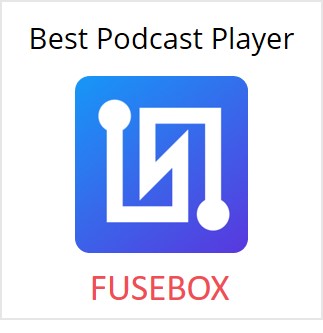
A single blog page or website page will have a size of around 2 MB where as a podcast will have a size of around 50 MB. Handling such large size files for large number of downloads is not the job for shared website hosting services.
If you have very small number of downloads , say less than 100, then you can get away with it but for anything more a dedicated podcast hosting is mandatory.
Step 9 : Submission to Apple podcasts and google podcasts
Google podcast and Apple iTunes or Apple podcasts are two of the most important platforms for having your podcast on as they give you the maximum coverage in terms of audience.
Submit Your podcast to Google Podcasts
BuzzSprout, Captivate, Transistor, Simplecast, Podbean and Castos are some of the leading podcast hosting platforms. But Google Podcast due to its impeccable sync with Google Play and Music services provides the most preferred platform.
If you have already hosted your podcast in some other platform, there is no need to worry as Podcast from any platform can easily be migrated to Google Podcasts.
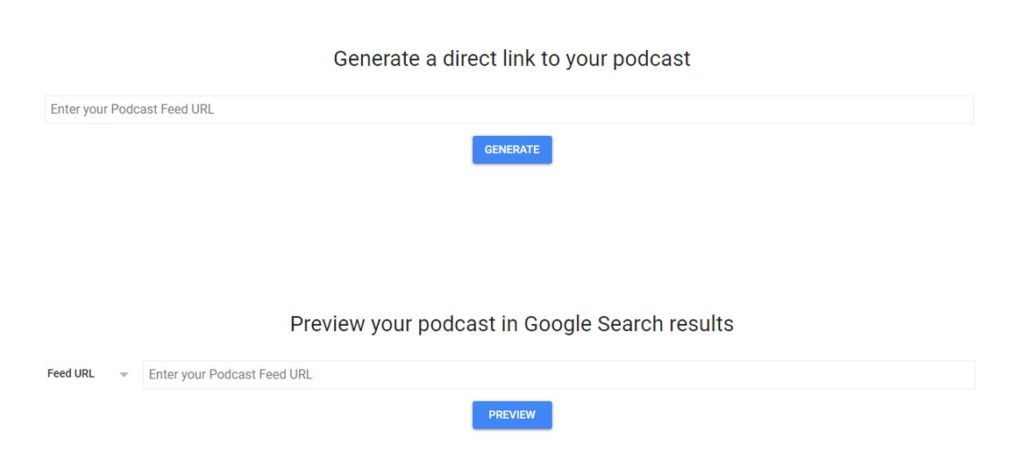
Here are the steps to submit your podcast to google.
- Step 1: Use Google Podcast Publisher Tools to check if google has already found your podcast.
- Step 2: Verify whether the platform on which you have published your Podcast is compatible with Google Podcasts or not
- Step 3: Register the RSS Feed URL of your already published Podcast with Google
- Step 4: Give sometime to Google to index your RSS Feed URL
With more than 80 % of world mobile phones powered by Android operating system and more than 1.7 Billion users you have a potential to reach most of them when you submit your podcast to Google Podcasts.
Submit Your podcast to Apple Podcasts
iTunes is the most popular way to reach out to millions of listeners with your podcast. There are many other podcast apps such as Overcast, Castbox, and Pocket Casts etc. which use iTunes / Apple Podcasts as their source of data.
This means, once you upload your podcast to iTunes / Apple Podcasts it will automatically show up in these apps without you having to take any extra efforts.
Apple Podcast is arguably the most widely used platform by podcast listeners all across the world and getting your podcast on iTunes / Apple Podcasts can really help you to reach a large audience.
The Workflow to upload podcast to iTunes / Apple Podcast
Below image explains the workflow to upload your podcast to iTunes / Apple Podcasts in simple terms.
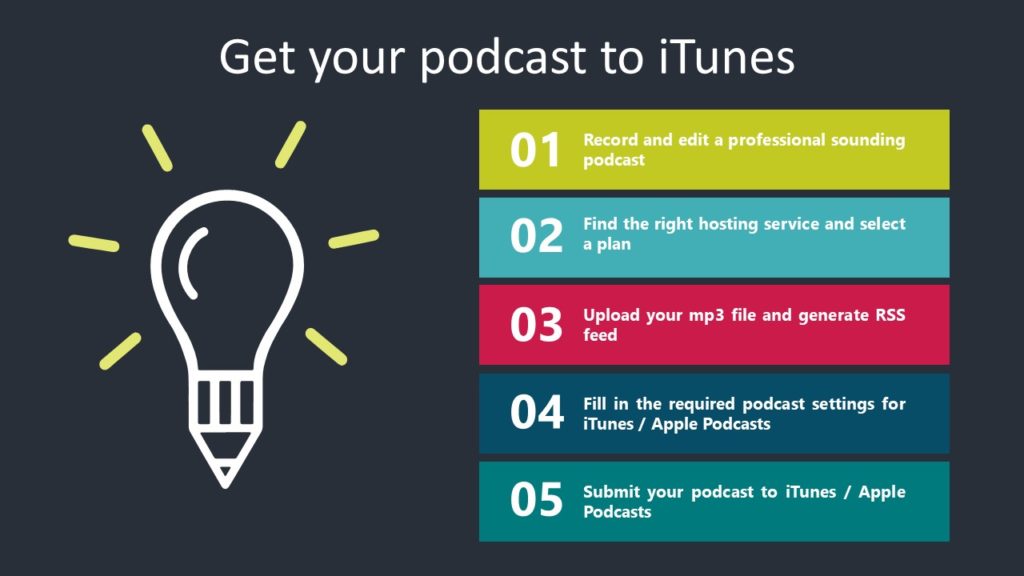
- Record and edit the podcast to best of your abilities and make it as professional sounding as possible.
- Find the hosting service of your choice and select the suitable subscription.
- Upload your mp3 file and generate RSS feed for your podcast.
- Complete the settings required by iTunes / Apple Podcasts
- Log in to Podcast connect and connect your RSS feed to iTunes and wait till your podcast is approved.
Step 10 : Getting the audience and growing your podcast
Well , now that we have a podcast made and hosted and published we face the most difficult challenge in the podcast journey.
There are various ways in which you can try and acquire audience for your podcast. The difficult part is to retain your audience. For that to happen there is only one thing that can be done i.e to Make a compelling podcasts which makes listeners come back again and again for new content.
The most common or easy way to promote your podcast is to have a blog. However for both podcast and blog to get traffic organically through SEO , it takes a long time. Average time for a blog to rank anywhere on first page is around 35 weeks. If you have a podcast which does not depend on time i.e the content is timeless , then this is fine. In other cases you need to start your blog way ahead of your podcast to ensure that you already have your audience developed.
YouTube is also a good platform to promote your podcast as is Instagram , Facebook and other social media platforms.
Digital marketing and advertising can get you audience quickly but at a cost.
Depending on the time on your hand you can decide to go for organic or advertisement method.
Step 11 : Making Money from your podcast
Some podcasters start a podcast just because they want to reach a audience and there is no monitory benefit expected. In most cases however, podcasters are into podcasting to make money.
If you intend to make money from your podcast then it is essential to design your podcast to suite one or more of the below method to earn money.
There are two main ways to make money from podcasting.
Method 1 : Selling the podcast / entertainment itself. This means that you get the maximum audience to your podcast and make money in one of the three ways below.
- Advertisement
- Crowd fund your podcast
- Charge for your podcast ( this is very rare)
Method 2 : Selling a product or service : This means getting a targeted audience to your podcast and selling them some product or service through some means using your podcast. Below are some of the ways you can do that.
- Affiliate Marketing
- Drop Shipping
- Selling the products, yourself
- Creating and selling info- products
- Creating and selling your brand merchandise
- Selling a community
- Sponsored podcast
- Selling a consulting / coaching or service offline separately
- Public speaking
Summary
Starting a podcast is easy and if you put your best efforts you can start a podcast in as less as 3 to 4 days. Technology and equipment availability is ample and there are no limitations as long you are ready to do it.
Making podcast a success is the main challenge. More than 80% of podcasts do not enter third season of episodes. More than 60% do not even reach three episodes. That’s a staggering drop out rate.
You must be serious about podcasting to make it successful !!
Happy Podcasting !!
